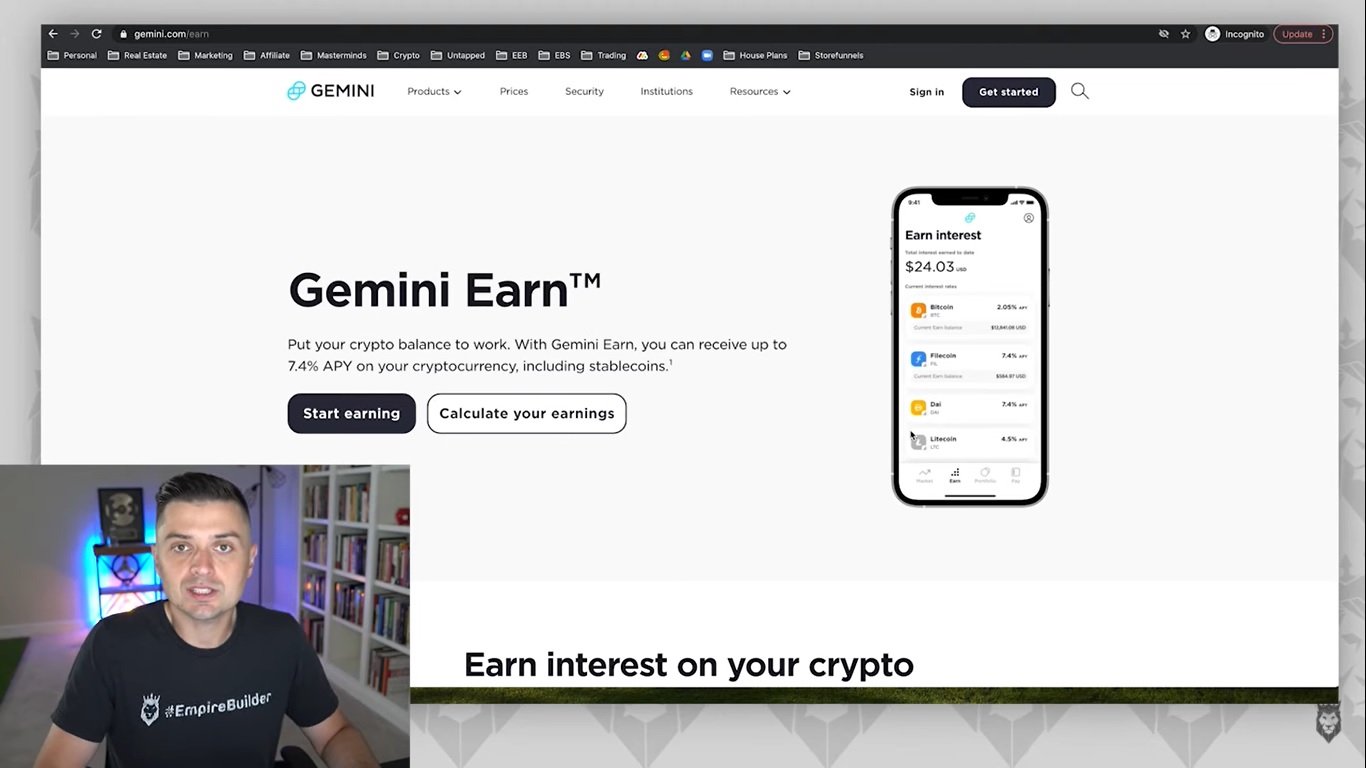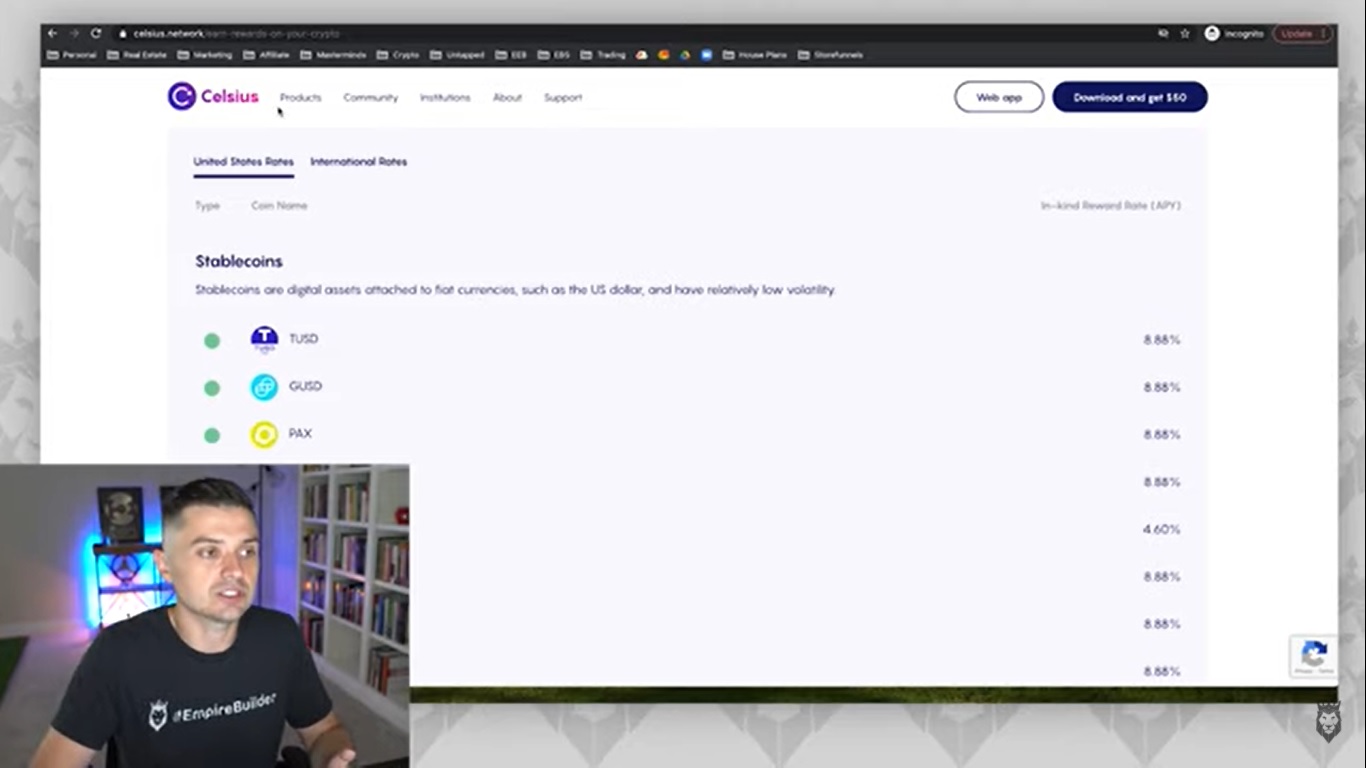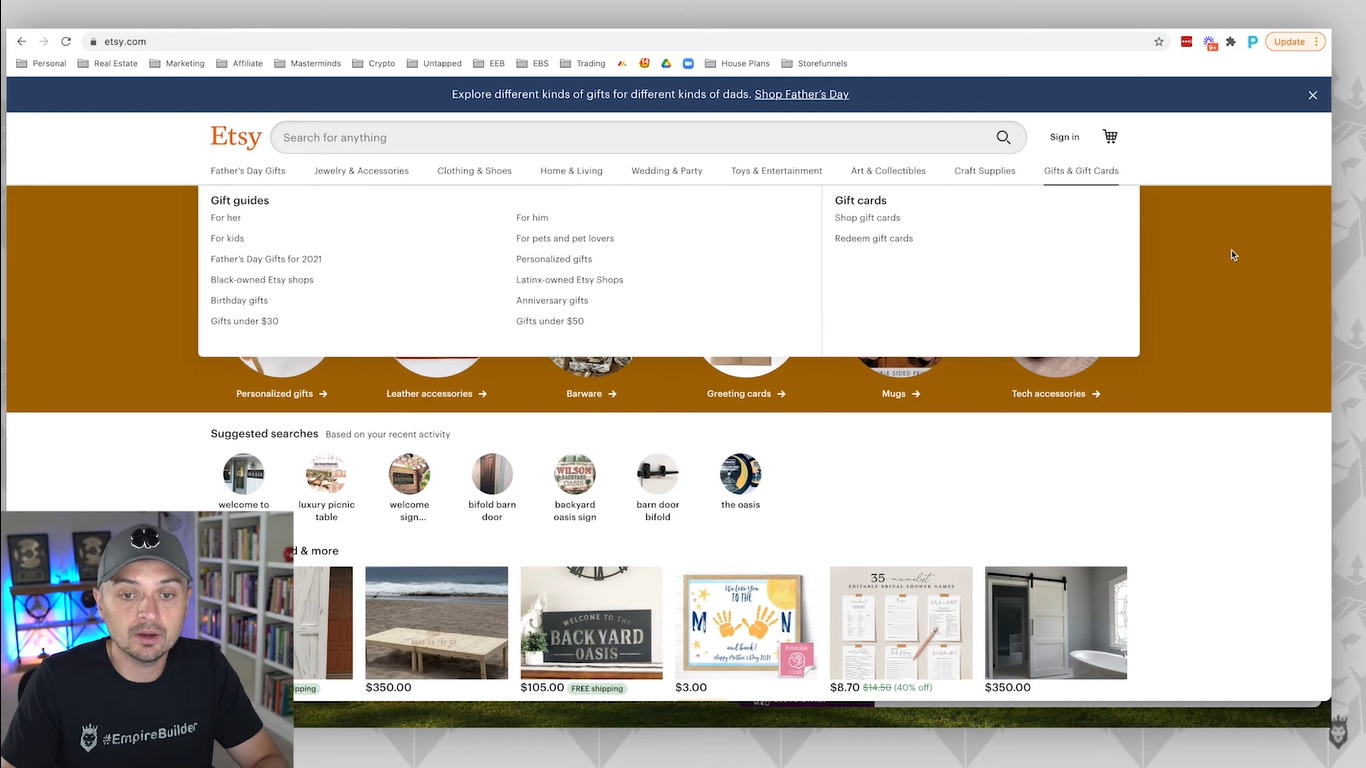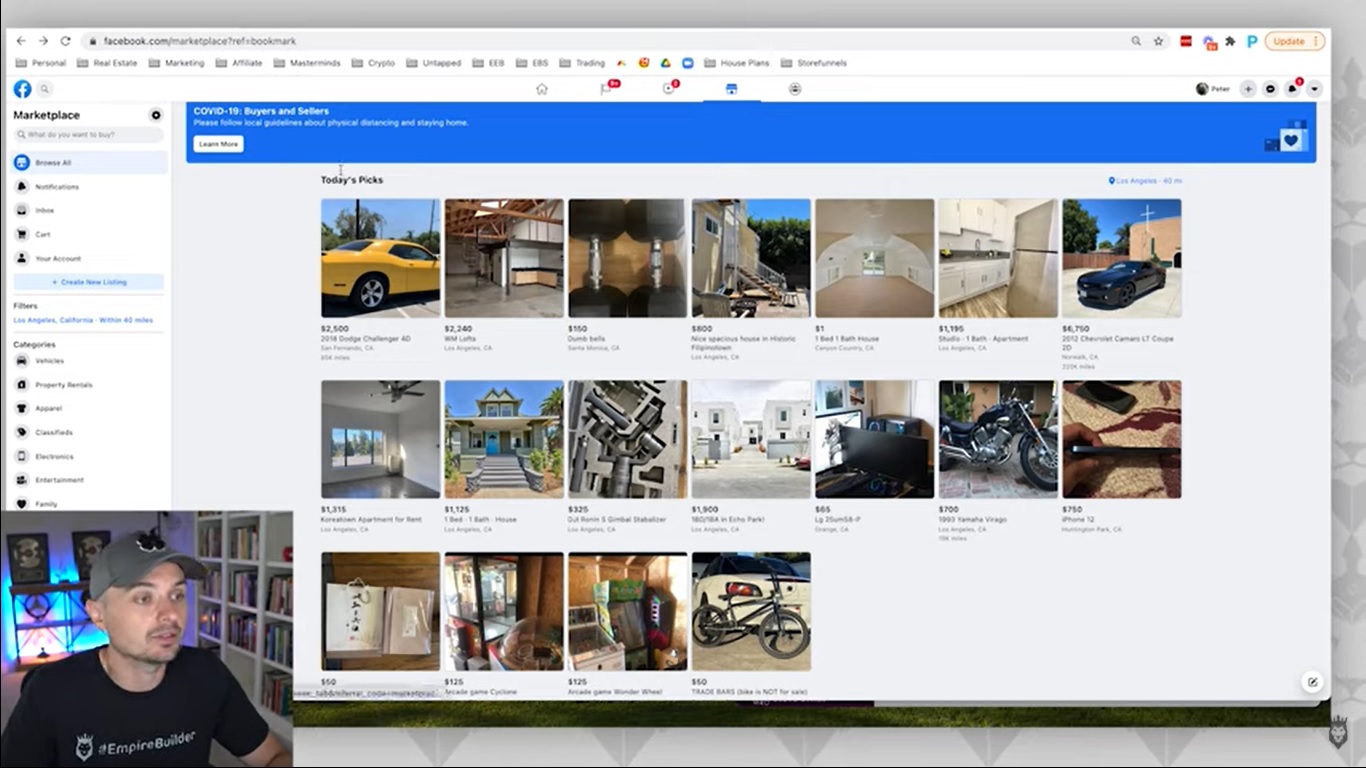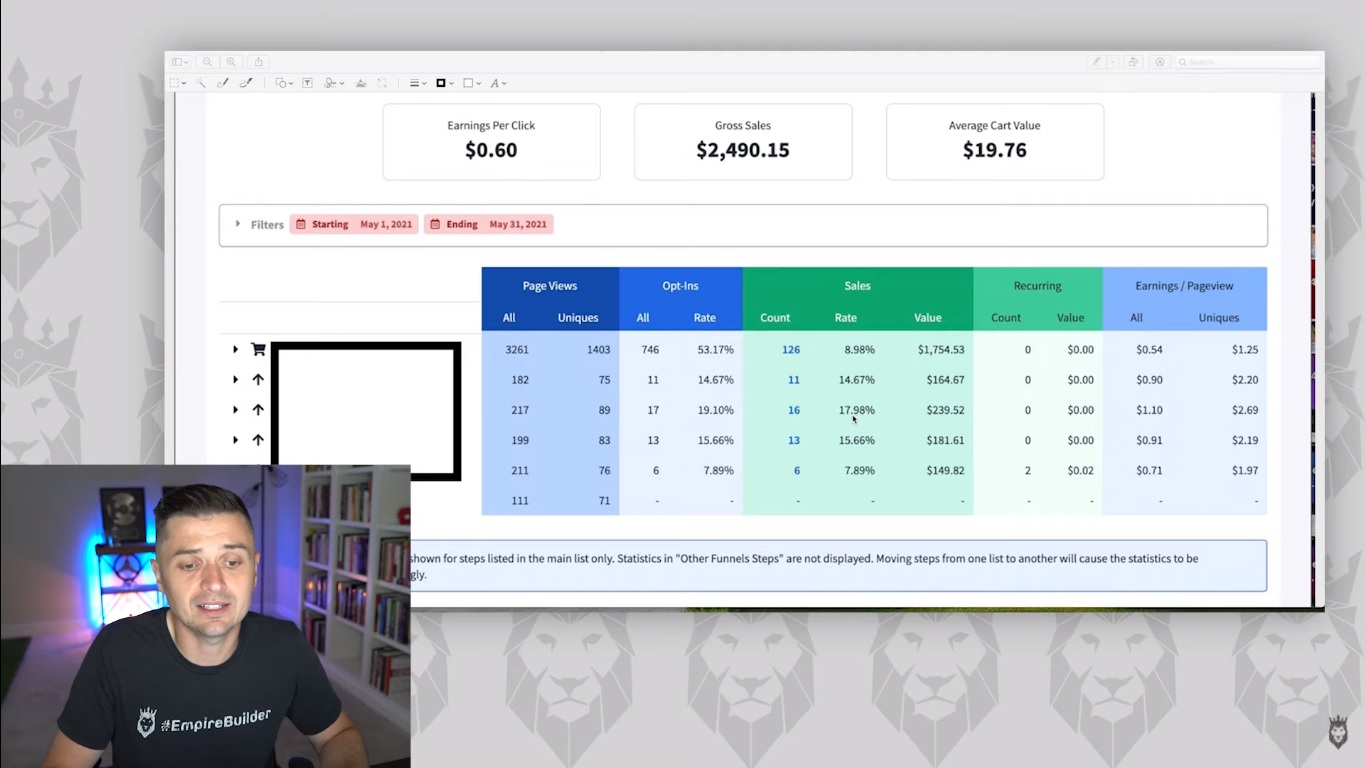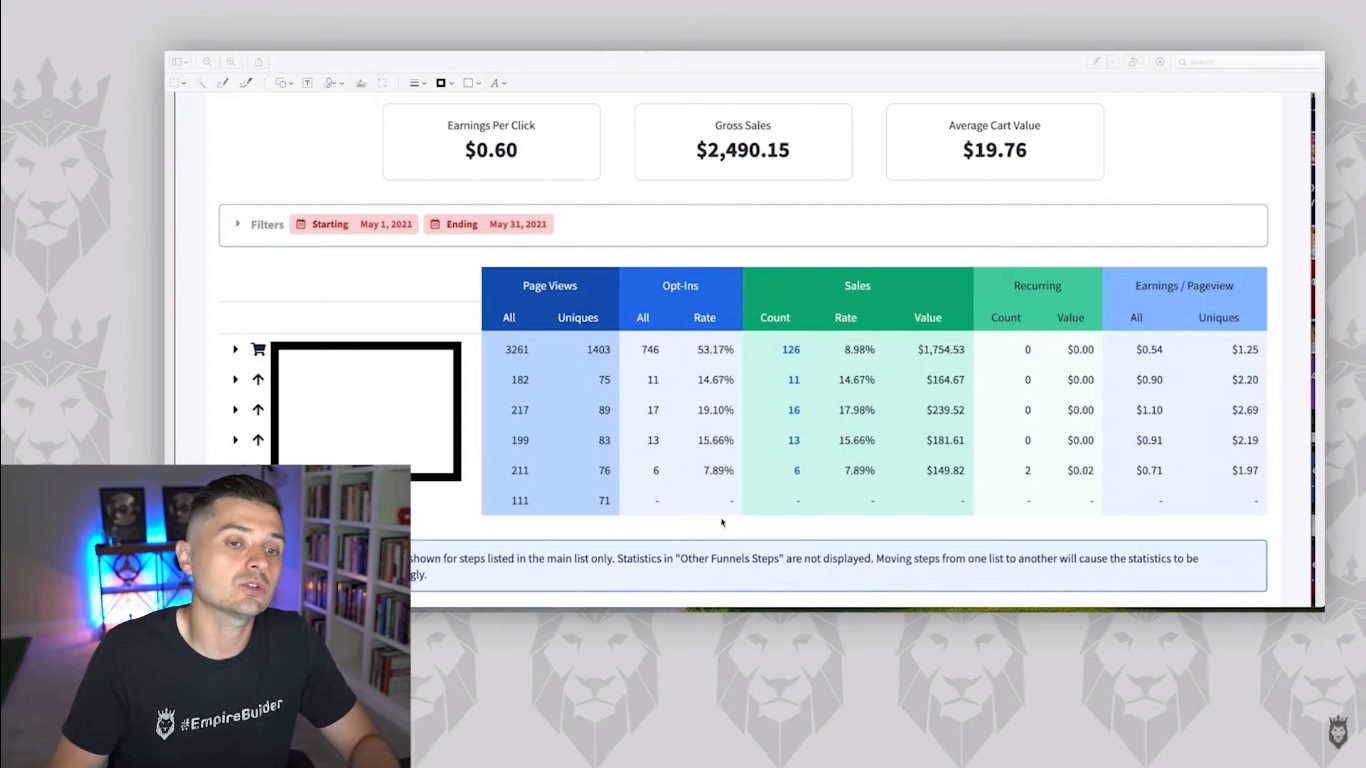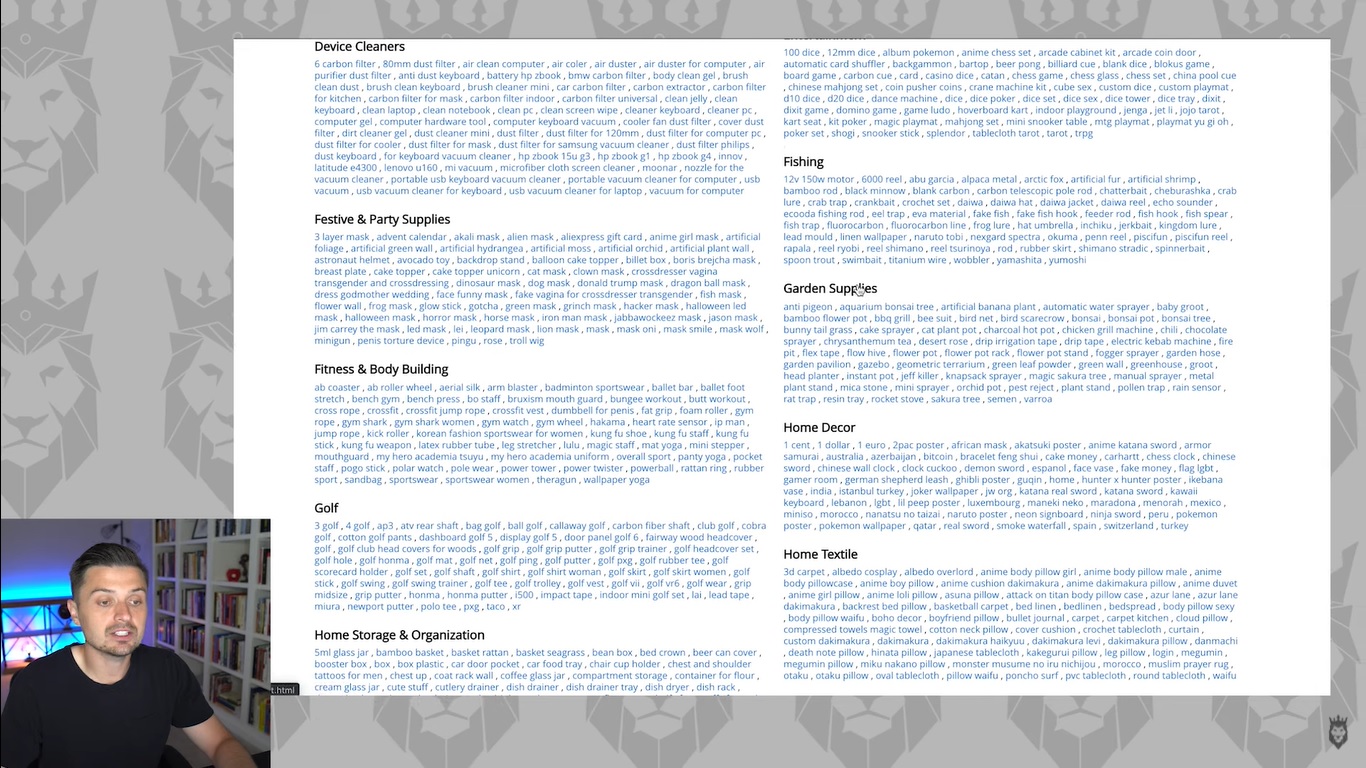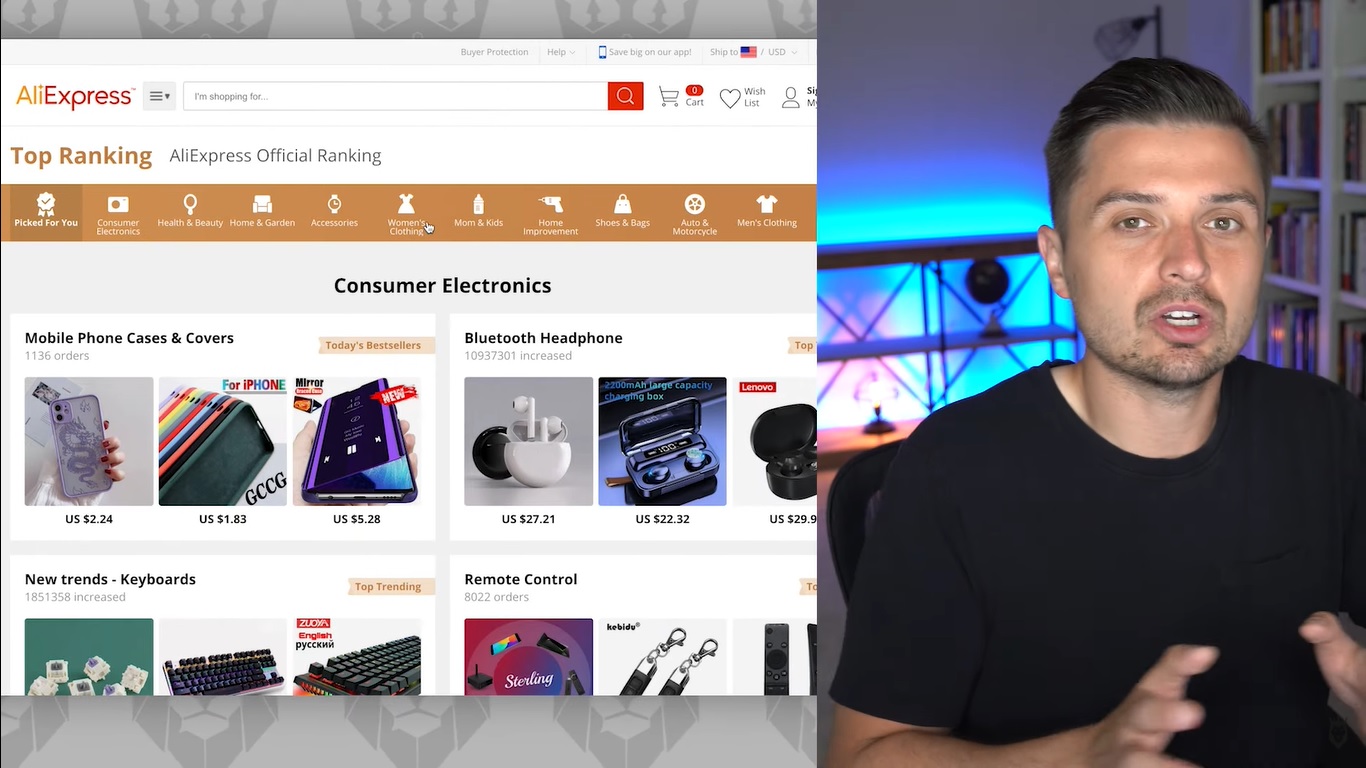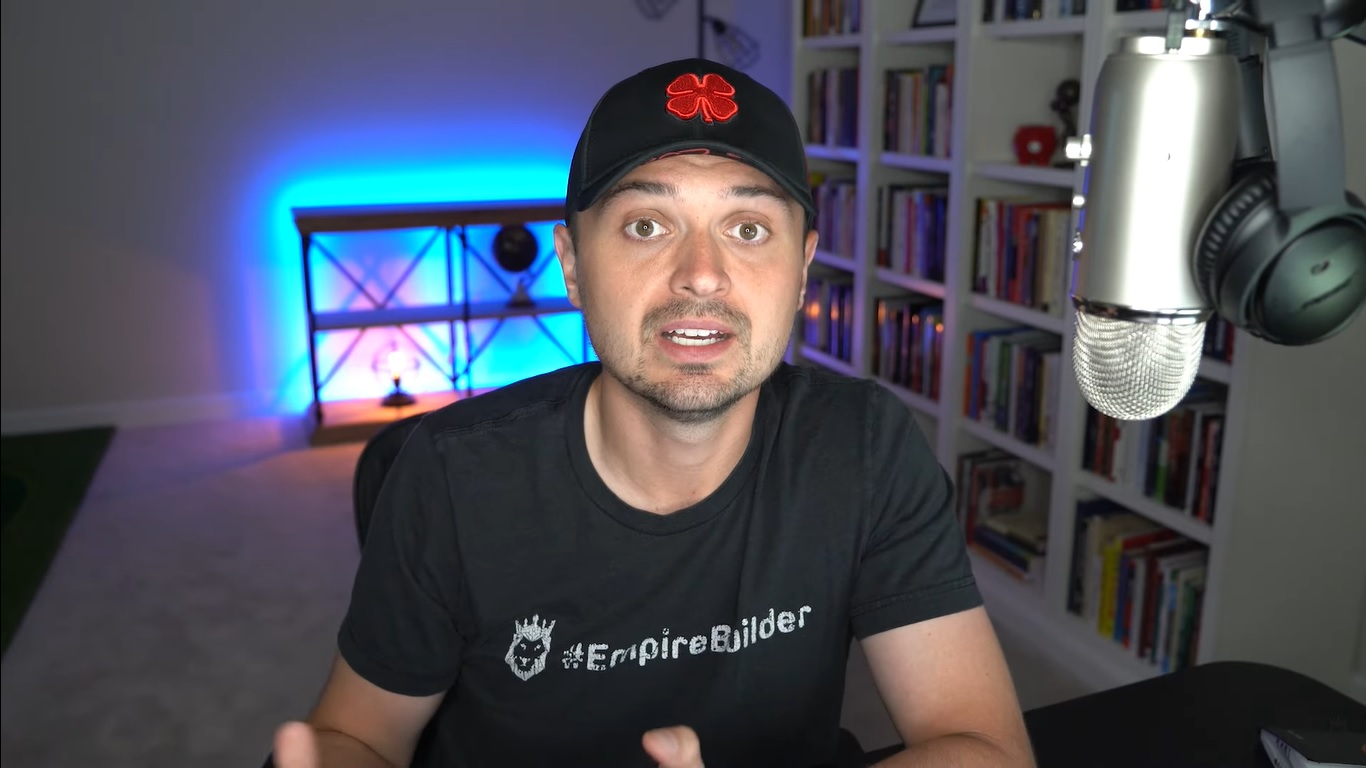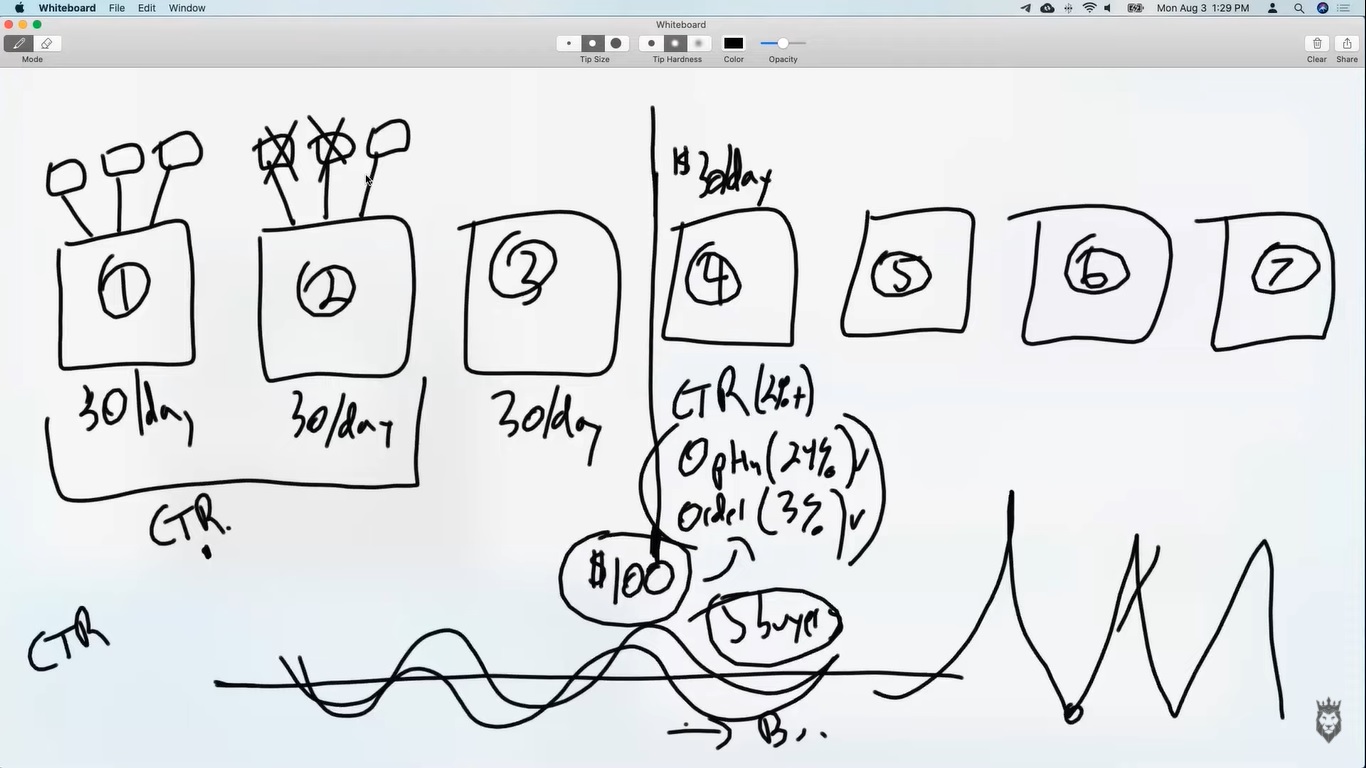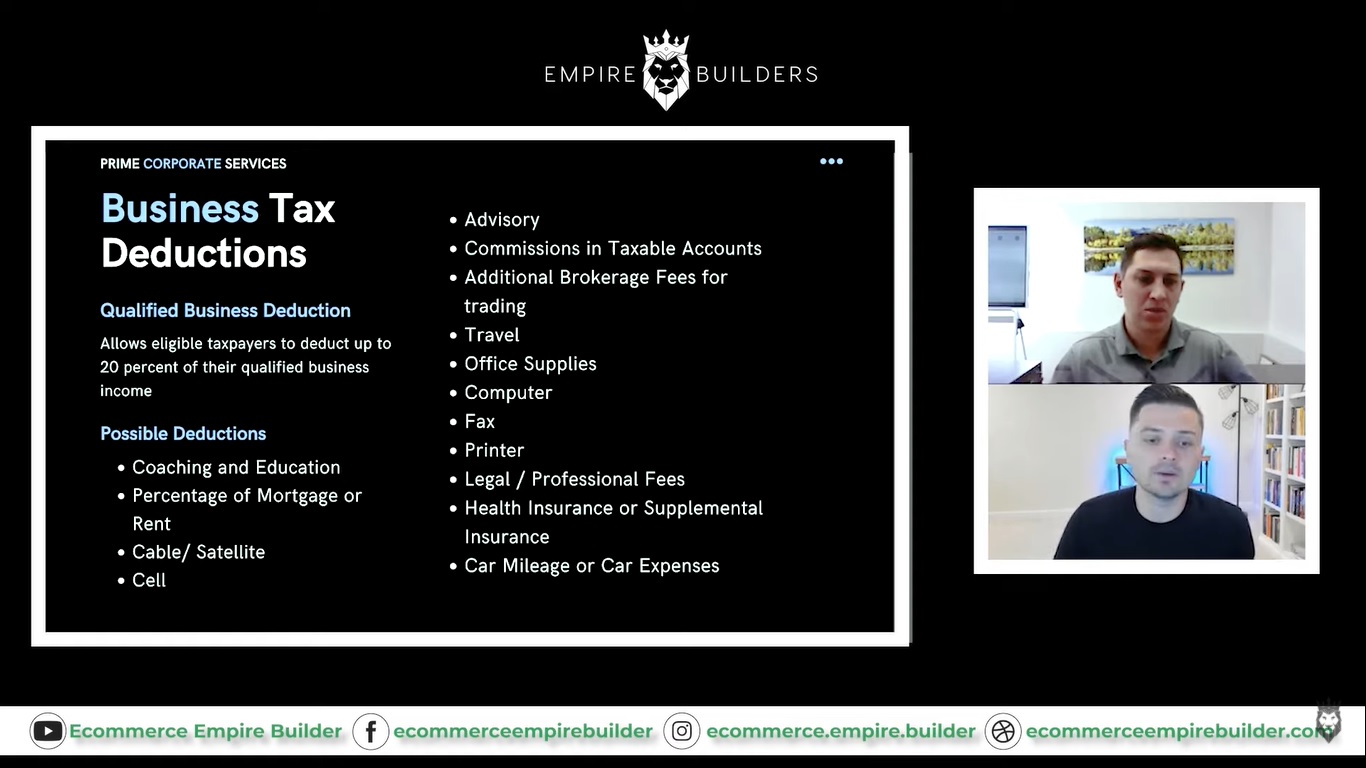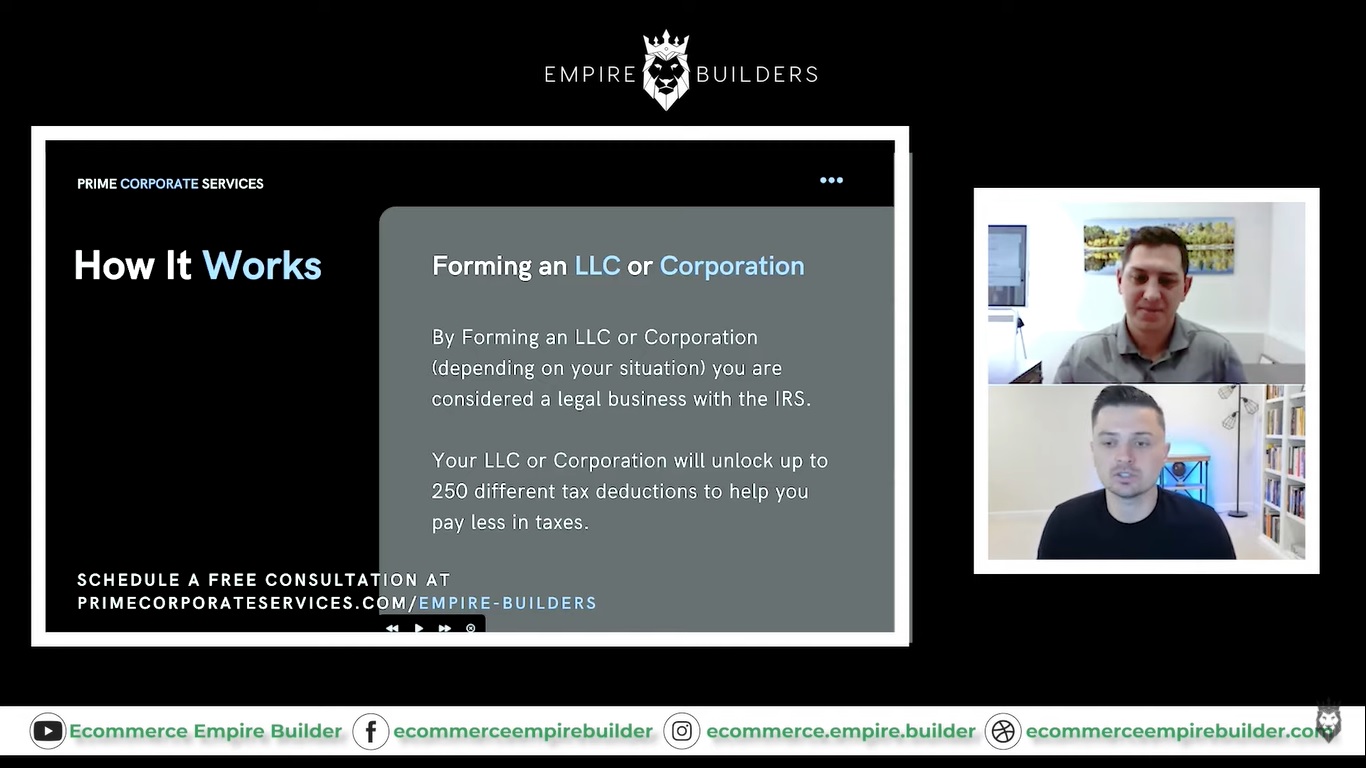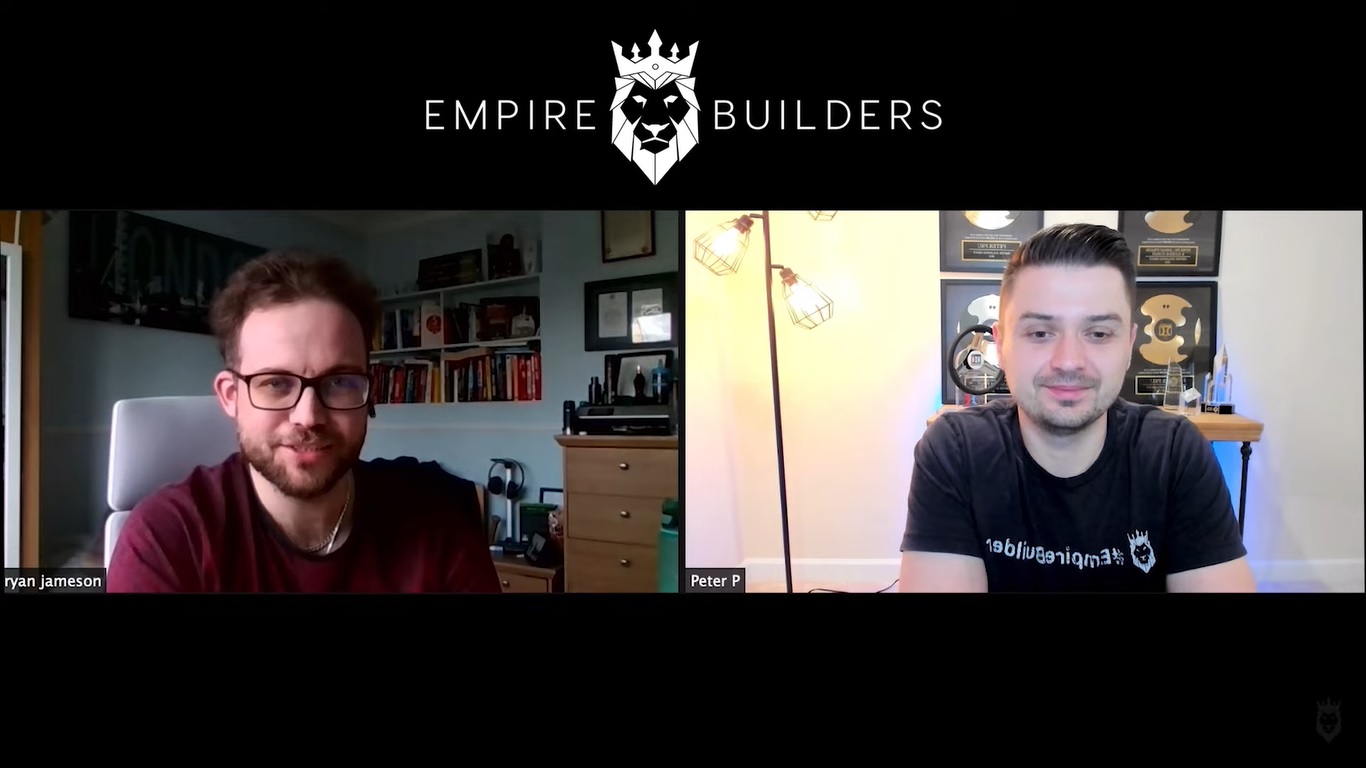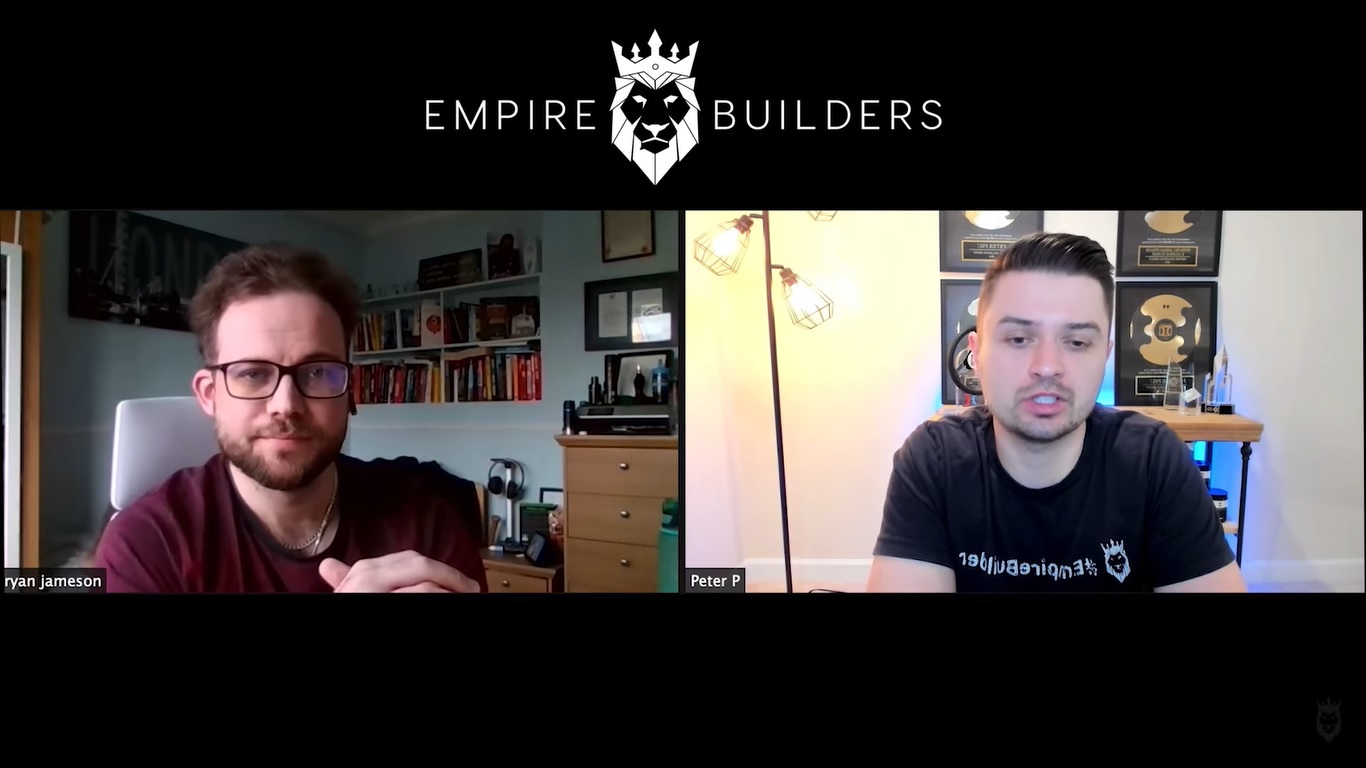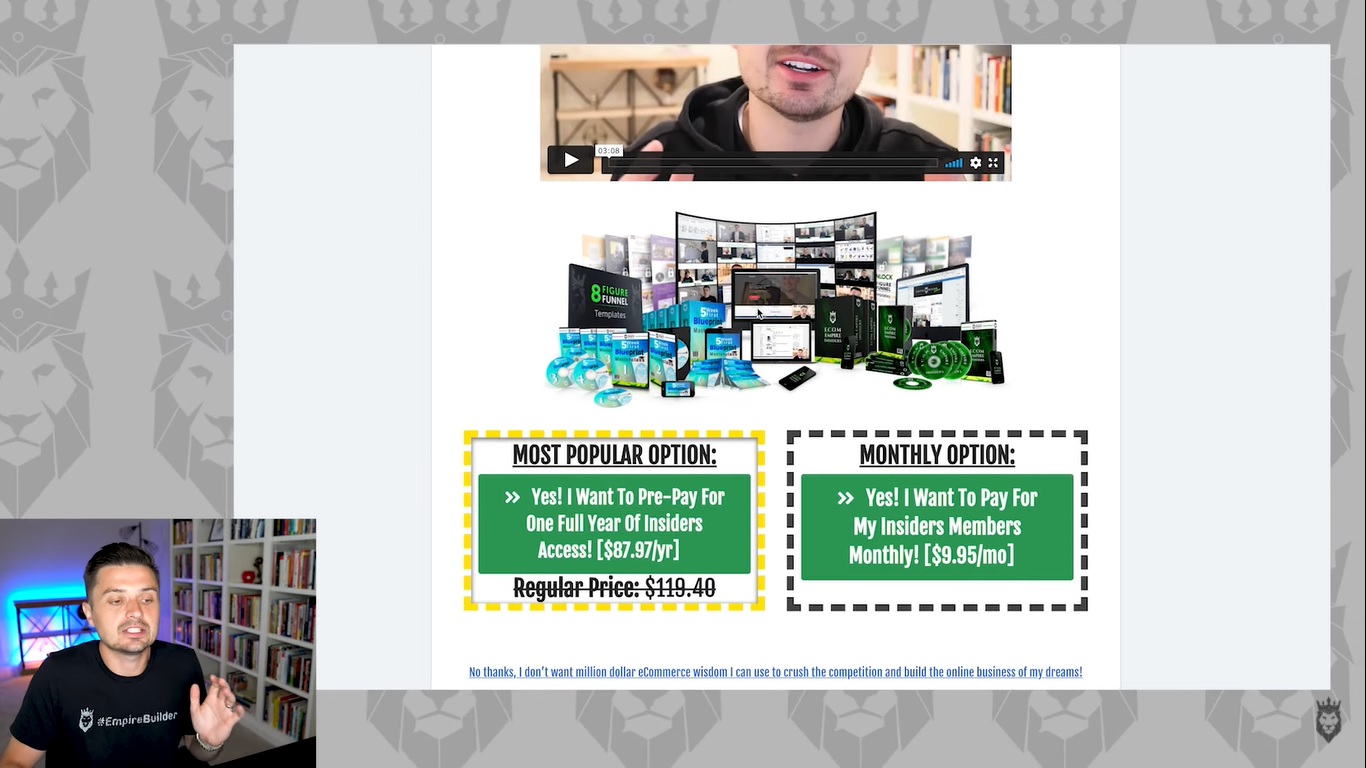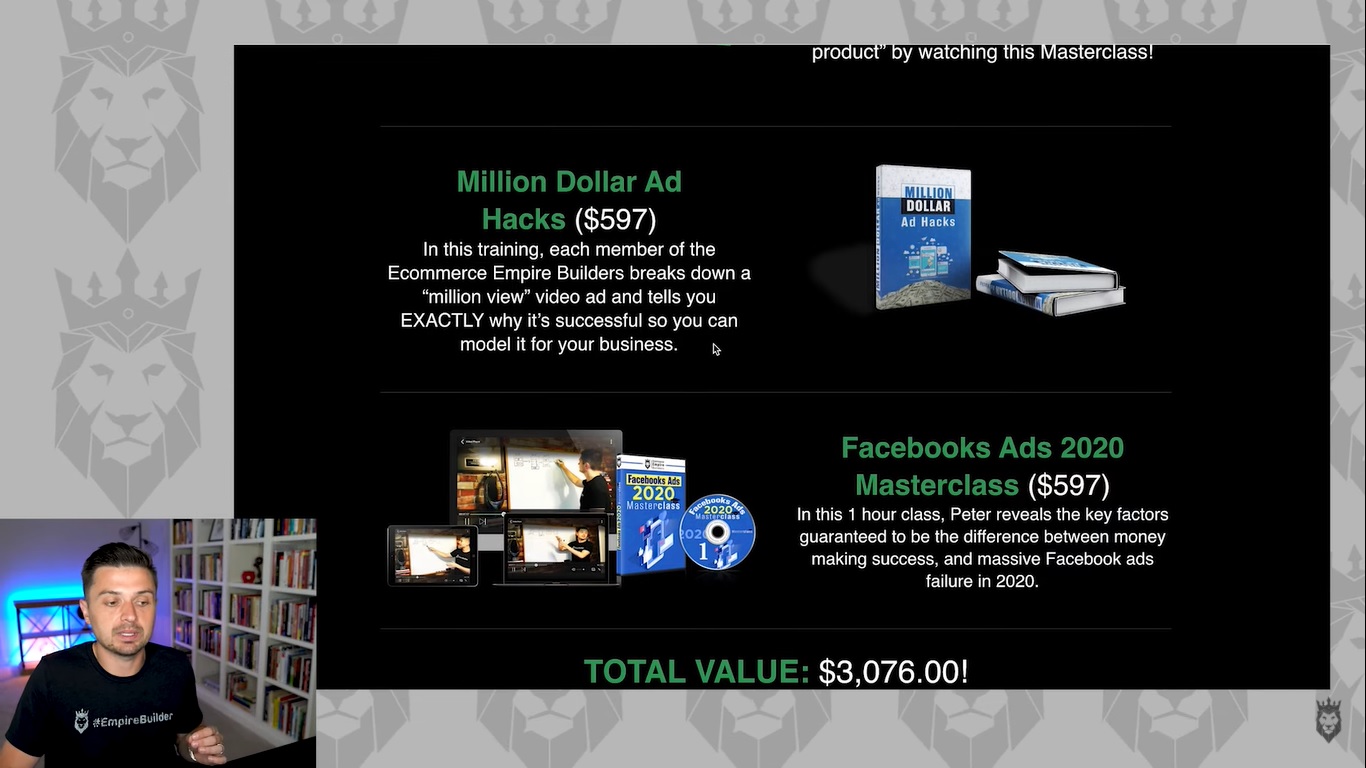We’ve seen some of our Ecommerce Empire Builder students hit some amazing monthly totals with online sales. Some have hit $10,000, others have hit $50,000, and some have even hit seven figures.
If you’re thinking about getting started with online sales or have already started and are stagnating, you’re probably wondering how you can get to those profit levels.
Luckily, there’s a system for you to get there.
We’ve had four of our students in our seven-figure club prove that while the group is hanging in rarified air, it’s an attainable goal. We’ve had even more people — 29 — hit $50,000 in a month. Also, 50 people have hit our $10,000 per month club.
So how did they do it? What steps did they take to get to that level of success?
The Four Quadrants
Look, I get it. $5,000 a month can seem like an intimidating number for a lot of people. The truth is, everyone who began their eCommerce journey had a moment at the beginning where they wondered whether or not they could make a living from this.
But it can be done — and there’s proof.
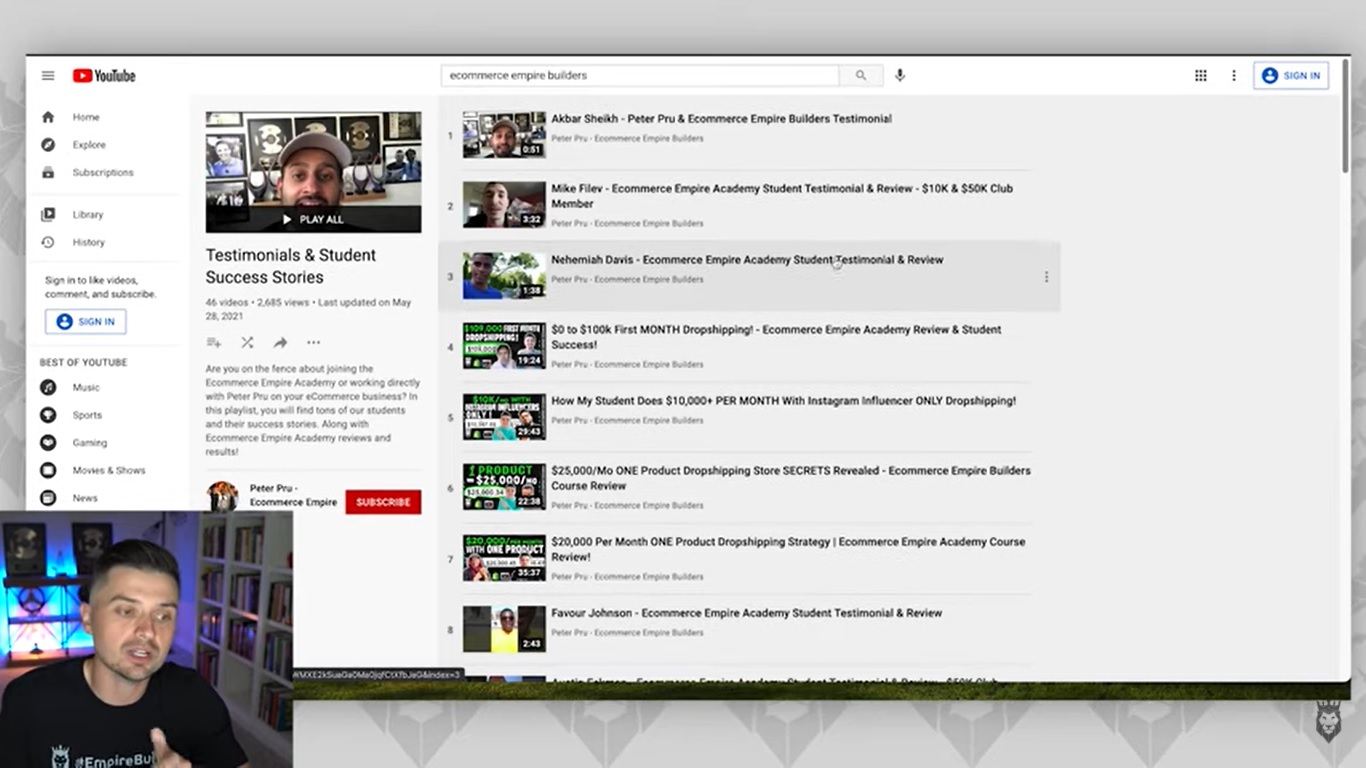
My YouTube channel features lots of testimonials from members who have crossed the $10k, $50k, and seven-figure thresholds. These are people who followed our program, put in the work, and have seen the results.
Watch these videos and listen to their stories (and share some love by liking/commenting while you’re there!). These are our students inside our eCommerce Empire Academy, so there is a lot to learn from them.
When it comes to our students who hit the $10,000 per month club, how did they do it? How are so many people successful at this level — and why are so many people NOT successful?
Our success stories come from a variety of business types and industries, but they all had at least one thing in common: they’ve mastered the four quadrants.
These are the four things every business must identify to be successful. The quadrants are composed of:
- Niche
- Offer
- Funnel
- Traffic
Let’s take a look at each one.
1. Niche

Without a doubt, this is the most important component of building your online sales business. Of course, having a great product is critical here, but it’s not enough.
Before you have a winning product, you need to know your niche and understand, “Who am I selling it to?”
Start with the people who have a problem that you and your product can solve. Ask yourself the following questions:
- Who is my target audience?
- What are they already buying?
- How can we sell them something they’re already buying, but this time, they buy from us?
The best way to identify a niche is to stay in the realm of passions and hobbies. These are tried and true areas, neither of which is going away any time soon.
Trendy, viral fads can make short-term money, but they often dwindle and die.
Pursuing passions and hobbies, which are typically long-standing niches, is a better way to set yourself up for long-term, lasting success.
2. Offer
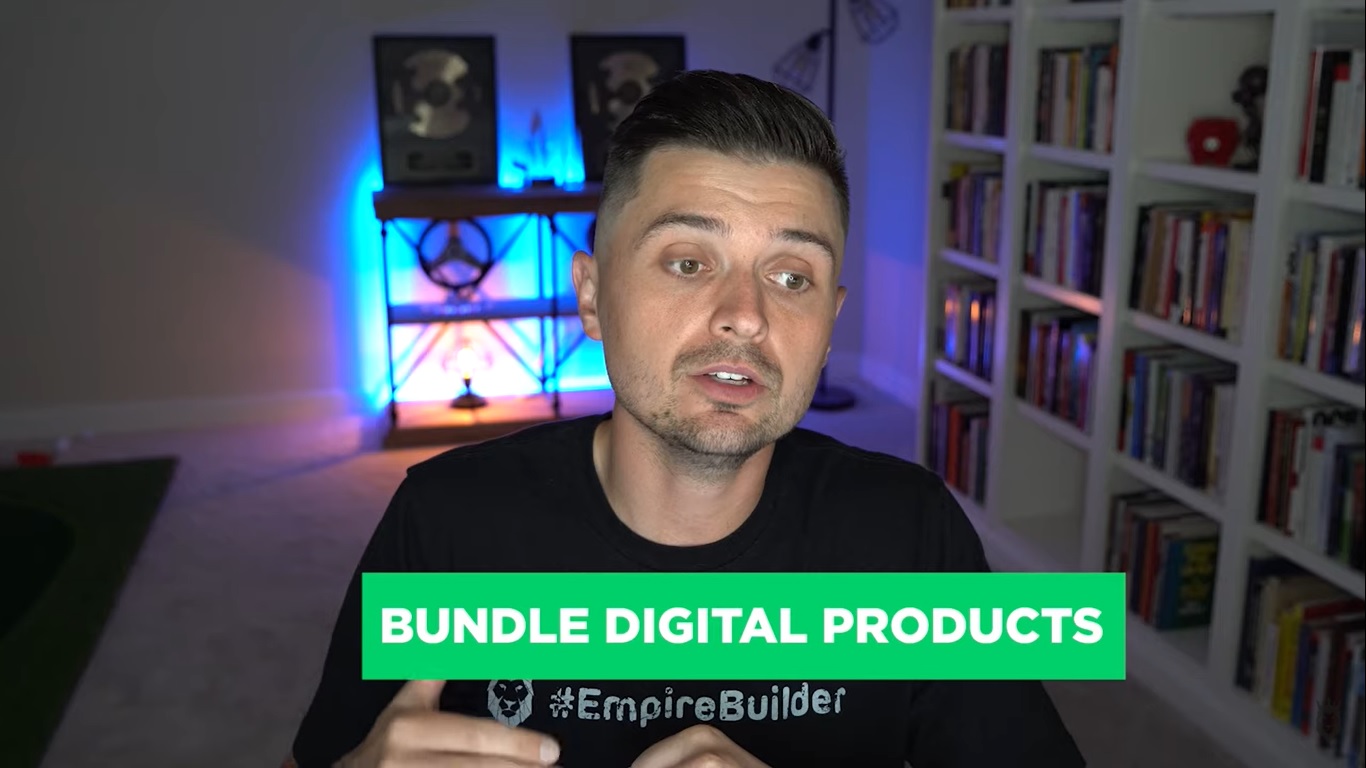
Next, you have to identify your product, which represents your offer. This one is simple (but not easy). What are you offering your target audience in your specific niche? What product are they buying from you, and what reason can you give them to buy from you over your competitors?
That’s the most crucial question to ask in establishing your offer. What differentiates you from everyone else?
The term “secret sauce” is a cliche at this point, but it’s often used for a reason. It represents what one company has that another doesn’t. So what’s your offering’s secret sauce?
When you explain what your offer includes that the competition doesn’t, you shouldn’t focus on price. Basing your offer on price is a race to the bottom. Unfortunately, that’s what you get on Amazon, and it’s no way to run a business.
What you want to do is work backward. Craft offers from products your audience members are already buying. The easiest way to do this is to offer a bundle of digital products. For example: let’s say you sell a fly fishing rod. You can also include an eBook or video tutorial on fly fishing.
These kinds of product packages offer added value to your customer that they can’t find elsewhere. It shows you care about their specific needs; you care about the people at the other end of the transaction.
They can’t get an irresistible offer like that from Amazon.
If finding your niche is the most important part, crafting your irresistible offer is the hardest. After that, it all gets much easier, and people will find a way to give you money.
3. Funnel
Once you have your niche and your offer, you’re ready to build your funnel (i.e., a Clickfunnels or Shopify store). People often put this first because it’s tangible, whereas your niche and your offer are not.
You can’t skip the steps, however. If your niche and offer are in place, and you’ve done the necessary research, the funnel building part is easy.
It involves copywriting, crafting offers, and figuring out how to connect your audience to your offer. There are many training and templates available for you to help you do this.
4. Traffic
Finally, the last quadrant is traffic. The strategy and tactics you use to build traffic streams will depend on your budget.
You can go with influencer marketing, where you reach out to someone with an existing social media following. You give them money and creative materials (scripts, copy, etc.). Then they give you a shout-out on their popular channels, helping you make online sales.
This is the best strategy if you are on a tight budget.
If you have more to spend, you can go with a paid advertising strategy, targeting platforms like YouTube, Facebook, and Google. This requires a higher budget because it’s expensive. But remember, your advertising is only as effective as the data about your buyers that you can give these platforms.
The best answer is to mix in a little of both. Ads and influencer marketing that work together can be a powerful combination.
If you’re looking for more valuable insight into how to make more online sales, subscribe to my YouTube channel for more tips. Alternatively, sign up for this exclusive free webinar on the simple eCommerce funnel I used to create a full-time income online.
